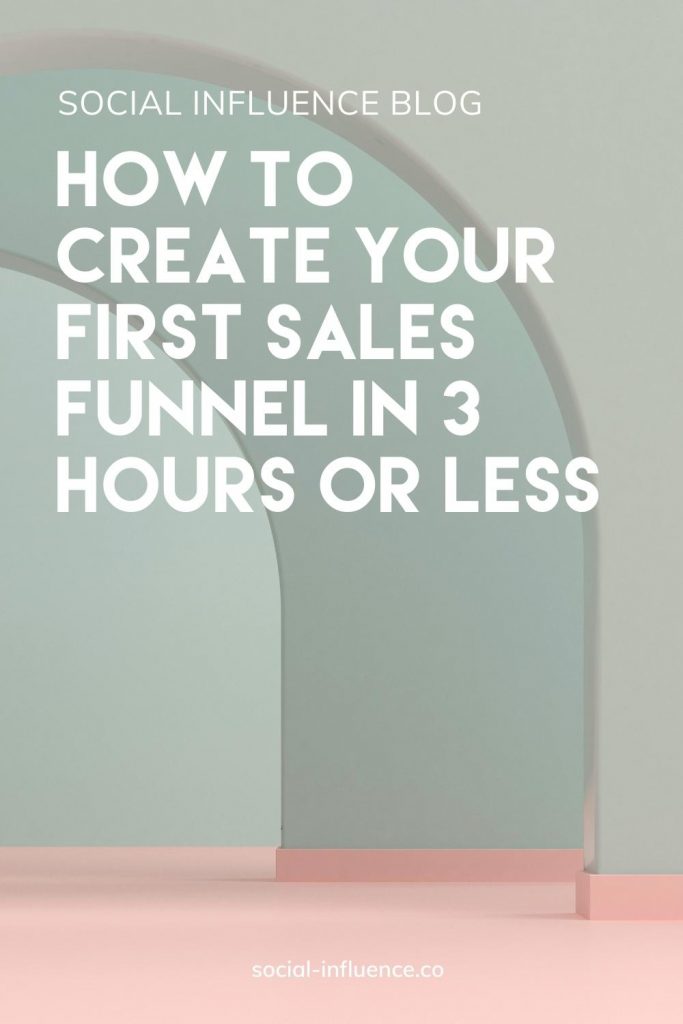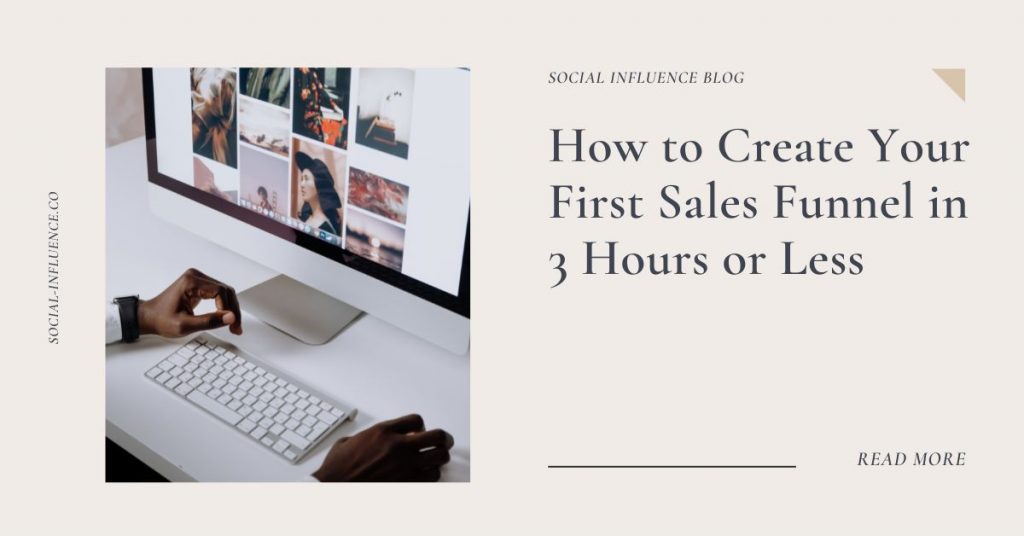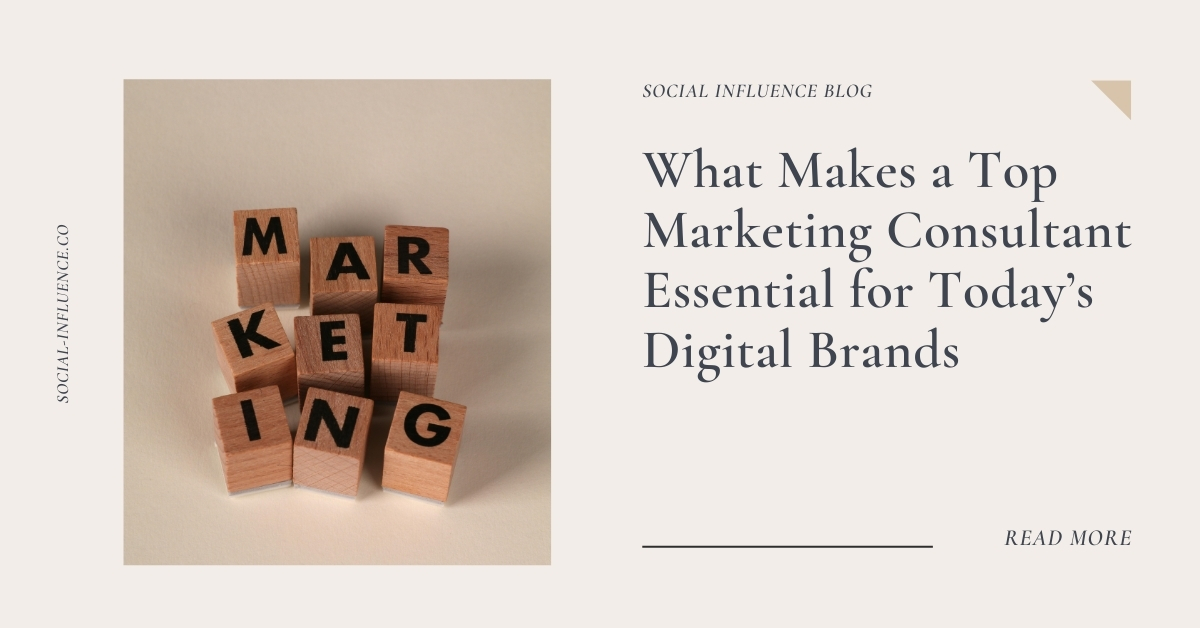|
Getting your Trinity Audio player ready...
|
Even though sales funnels aren’t a new concept, most businesses still don’t understand how they work. Many people focus on the wrong metrics like conversion rate and open rates. These people don’t know how to build effective sales funnels, which is why there is so much confusion. If you are confused about why your sales funnel isn’t producing the results you want, then this is for you. It is important to remember that the purpose of any sales funnel is to create a series of interactions (conversions) over time that will lead to your desired outcome – a sale.
What is a Sales Funnel?
Truly understanding the concept of a sales funnel can instantly change the trajectory of your business. So what is it? A sales funnel is simply a process that you follow to guide a prospect through the journey of buying your product or service.
The beauty of sales funnels lies in their simplicity. If you take care of your end, your customers will take care of theirs by showing up on their own accord and handing over their hard-earned money.
Firstly, let’s look at how potential customers make decisions before we dive into how to create your first sales funnel:
1- Awareness: This is where your consumers first hear about your brand.
2- Interest: They now have an interest in what you might have to offer.
3- Desire: They are interested in learning more about you and your products or services.
4- Action: Your potential customers take the next step and contact you directly; they are ready to take action by buying something from you.
5- Results: You’ve earned their business and trust!

Do I Need to Buy a Software to Build a Sales Funnel
Usually, when I see people talking about sales funnels, they think they need to invest in sales funnel software. However, this is not necessarily the case. You can easily create a sales funnel using a website and an email marketing platform.
There are sales funnel tools such as Clickfunnels, LeadPages, Unbounce, Thrive, Instapage, HubSpot, Autopilot and ActiveCampaign and they can make your life a bit easier. However, if you rely on organic search, your website plays a crucial role as people need to find you to be able to sign up or buy from you. And these days, people search for a product or service online before they buy. So you cannot ignore the need for a website.
The longer a potential client stays on your site, the more likely he is to make a purchase. People start wide-eyed and interested, but as they progress down into the funnel, they get closer and closer to making a purchase decision.

Steps to Create a Sales Funnel
Follow these steps to create a sales funnel for your business:
1- Know your buyer persona(s)
Identify your target audience and create a buyer persona for each group. Define where your leads come from: Is it social media? Email? PPC? Direct Mail?
Figure out how you’ll attract new leads: What types of ads do you need to run? Where will you promote your business? How will they find you?
Define your conversion goals: How do you know when someone becomes a customer? Will they opt-in to receive emails or fill out a form on your site?
Define how you’ll move buyers through the sales funnel: What information or offers will they receive at each stage of the sales process? How will you close the deal with each type of buyer?
2- Create a landing page
A landing page is an individual page on your site that serves as the first page that visitors see when they start down the sales funnel. There are two different kinds of landing pages:
Lead generation landing pages are designed with only one purpose in mind: To get someone to fill out a form (lead generation) and give you their contact information so that you can follow up with them later.
Sales-oriented landing pages, on the other hand, aim to directly sell something to someone who is interested in buying. Sales oriented landing pages are also known as “conversion” or “sales” pages because they’re designed to convert visitors into buyers by educating them about your product or service and then convincing them to buy it.
3- Nurture your prospects
Prospects come in, they are nurtured, turned into customers and the process is repeated. Prospects are nurtured until they reach the point where they’re ready to buy, at which point they’re sold to. It’s not an either/or situation—it’s a matter of feeding prospects into both funnels. This is how you take control of your sales processes and make sure that you’re getting through your pipeline as efficiently as possible.
Let’s say you created a training program for a certain type of audience. This is a simple matter of identifying your customers’ goals and creating a lead magnet to help them achieve them – with the ultimate goal of getting them to take the next step in the sales process.
The next step is to create an email campaign that would nurture prospects through the buying cycle. You can do this by assigning different emails based on the prospect’s actions in their account. For example, if they were interested in a free trial of a tool, you’d send them an email with details on how to sign-up for it. If they were just browsing around, you’d send them valuable content and resources.
The point is to create an automated sales funnel that offers prospects exactly what they want when they want it. The more specific you can be with your offers, the better your sales will be (and the less effort required on your part). You can use a free email marketing tool such as MailerLite to achieve this.
Once you’ve created your lead magnet, you can begin marketing it via social media, email campaigns, PPC, SEO and other tactics that will attract interested subscribers. As they arrive at your site, you can engage them further by offering more free content related to their interests.
4- Engage with your prospects
Once you convert these subscribers into leads, you need to nurture them so they can be customers who will buy from you again. The goal of the sales funnel is to create multiple touchpoints that keep your prospects engaged until they complete the buying process.
Based on Step Change, the B2B sales cycle often falls around 3 months. For more substantial sales, it is more likely to fall between 6 to 9 months. That’s an awfully long time to keep your prospects engaged by sending them one email per month, or even one per week.
5- Optimize your sales funnel
When it comes to sales funnels, you need to know how to optimize your funnel.
Once you finish mapping out your sales funnel, you’ll want to look at who’s dropping off at each step and why they’re dropping off. You may want to try different tactics or strategies to see if that helps improve the number of people making purchases. This can include changing up the way you present information on your website or how you market certain products or services.
Optimizing a sales funnel is an ongoing process and will require regular monitoring and fine-tuning as time goes on. You’ll want to spend some time getting it right before measuring its effectiveness in order to get the best results possible for your business.
Here are some steps you can take to make your business more efficient with its resources and get more out of what you’re doing:
- Look at each step of your funnel individually. Which ones are working? Which ones aren’t? What do you need to improve in order to grow?
- Make sure your message is crystal clear. If it isn’t, fix it before moving on.
- Don’t be afraid to kill a step if it’s not working or doesn’t make sense anymore. Just be sure you have another one lined up to replace it, or else you’ll end up widening your sales funnel all over again.
Final Thoughts
If you have a service or product to sell, online sales funnels can be a great option for generating leads and sales. A well-designed sales funnel will provide simple navigation, and clear calls to action and make it easy for visitors to subscribe in exchange for a free report or trial. Sales funnels can help you build a mail list, nurture prospects and move them through the sales cycle from warm to hot at the ideal pace so you are continuously selling your products and services throughout the year.
Looking to get a website with a lead capture form and email automation? Have a look at our website design services and book a free discovery call.






